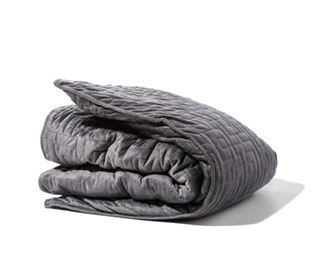Online dating can be an extremely efficient way to meet new people. However this convenience comes with pros and cons as using these apps takes up plenty space (both mental and physical) — so make sure before swiping away.
In recent years there has been an increase in the popularity of using technology for socializing purposes. Dating apps such as Tinder, Bumble, Hinge, PoF, or Grindr which allow someone to meet potential partners from the convenience of their phone.
This type of social media can be beneficial when used correctly but oftentimes may lead to negative outcomes in one’s life if not properly monitored or regulated.
Why People Use Dating Apps
There is no doubt that it works, as evidenced by the Stanford University study which found little difference in quality between those who met online and offline relationships despite there being an endless supply of potential partners at your fingertips on hookup sites like Tinder or Bumble for you swipe right!
People use dating apps for a variety of reasons. In some cases, they may be looking for a casual date or to meet new people, but in other cases it might reflect issues with their own social life.
People use dating apps as a way to find an answer to the age-old question “where are the good single men/women?”, and there is usually a reason why they have not had any luck within their group of friends or through a more traditional avenue.
Motivations
Did you know that the number one motivator for men on online dating sites is to find someone attractive? Women have many different objectives when browsing, with physical attributes being third behind conversation and location. In fact, studies show that physical attraction matters most for heterosexual women followed by having self-confidence and a kind personality.
Also, it is important to consider that men on dating sites tend to be less serious than women and there is a chance you could end up with someone who isn’t looking for a true relationship.
Meeting New People
Dating apps also offer the opportunity to meet people from all over the world as well as those profiles far outside of your normal social circles. This could be an advantage for some people who are looking to meet someone new, but also has the chance of building unrealistic expectations when you do not take into account that their values may be different than your own.
Hookup Culture
Even though there are many positive aspects of using dating apps, they can also offer an easy way for people to hook-up without much effort. The ease of this method may make it a casual decision and can cause you to meet up with many people who are not really interested in something serious.
Dating Apps have made it easy to connect with people across the world – this also means that you might be matched up with people who come from a completely different culture than your own. This could lead to unrealistic expectations and if both of you are looking for very different things, then both will feel mislead when they meet. If one person wanted something casual and the other wanted a serious relationship — that could cause issues within the relationship.
Lies and Exaggerations on Dating Apps
People tend to lie on dating profiles… a lot!
Studies showed that the most common things men and women lie about on their online dating profiles are their age, weight, and income. However, many people also lied about their physical appearance by using filters that could distort their photos.
Research has also shown that people often choose to use this method when they are not very happy with their real appearance or are trying to seek validation from strangers. Furthermore, men tended to lie by omitting their marital status whereas women were more inclined to make themselves seem younger to increase their chances of getting a response.
Many people stretch the truth about their social life or what they look like in order to sound better. This can lead to negative effects because internet dating has become more casual-making it easier for users to hook up with someone without really getting to know them.
In short, people often lie on their profiles and end up meeting someone who is either not serious about dating or does not maintain the same interests as them.
Online Dating Statistics
Let’s take a look at some statistics by Pew Research to consider:
- 57% of online daters say they hve had a positive experience
- 63% of online daters with a BA or higher degree reported positive experiences
- 47% of online daters with a high school diploma or less reported positive experiences
- 45% of online daters say dating apps have mad them feel frustrated
- 28% of online daters say that dating apps have made them more hopeful
- 71% of online daters say it was at least somewhat easy to find attractive people
- 64% of online daters say it is at least somewhat easy to find people with shared hobbies and interests
- 61% of online daters say it was at least somewhat easy to find someone looking for the same kind of relationship
- Women are 58% more likely than men to find someone they were attracted to
- 57% of men dating online said they didn’t receive enough messages
- 71% of people think that people are lying online to make themselves more desirable
- LGB online daters are more likely to be harassed on dating websites
How Dating Apps Can Affect One’s Mental Health
Dating apps offer the user a chance to meet people without any effort, which is why they are so great in theory. However, there have been many studies that have shown that dating apps can have an adverse effect on the mental health of their users.
One study examining social anxiety (SA) and depression in the use of mobile dating apps found that both conditions were associated with dating app use.
Furthermore, men with social anxiety and depression have been found to have a lower chance of “matching” with an online partner of desire — and women with similar symptoms were less likely to initiate conversation online. The same study notes past research that points to higher use of online social communication in women than in men.
Many people do not want to commit to a long-term relationship, which leads to hookups with several different partners, leading to mental health issues such as anxiety and depression. Additionally, it may be linked with feeling rejected by someone who was interested in you.
When someone is scrolling through, swiping left or right, they begin to notice way more often when people don’t approach them. It’s this constant rejection that may be a self-esteem killer and secondarily cause and agitate social anxiety and depression.
Avoid spending more than 15 to 20 minutes a day on an app swiping or looking for new matches. You might not be using the app in a healthy manner if the app is causing you anxiety or preventing you from doing other things that you enjoy.
Other ways to meet potential partners
You should use dating apps intentionally if you suffer from depression or social anxiety. Instead of using an app, you might consider going out to a bar to meet people. Nevertheless, you wouldn’t go to a bar every night — maybe once a week, or a few times a month. Treat your dating app use similarly.
One way to meet potential partners is by using dating apps in a more serious and committed way. Instead of just looking for hookups and casual relationships, try to find someone who may actually be a nice fit for you in a long-term relationship.
In the end, there is no reason to completely stop using dating apps-just put in a little effort and you might find someone worth your time. The trick is to make sure that you are doing this for the right reasons and not just to validate yourself by making yourself seem more attractive than you really are. The main key is finding balance and steering clear of hookups.
Get out in the world and do things you love. Chances are that the people you meet doing these activities or in places you enjoy are going to be a better match for you than someone you find online.
Meeting friends of friends is another great way to meet new people that are likely to share the same interests and morals as you. And spending time with friends is good for your mental well-being anyways. So, just let things happen naturally.
And remember, rejection hurts, but don’t let it steer you away from shooting your shot. You miss every chance you don’t take. Just remember not to take rejection from a stranger personally.
If dating apps are you thing, then get to swiping. If you have found them hurting your self-esteem, dial it back a bit and minimize your time swiping.
Don’t get discouraged if you don’t find someone right away. Finding the right person takes self-awareness, consistency, and positivity — whether online or offline.

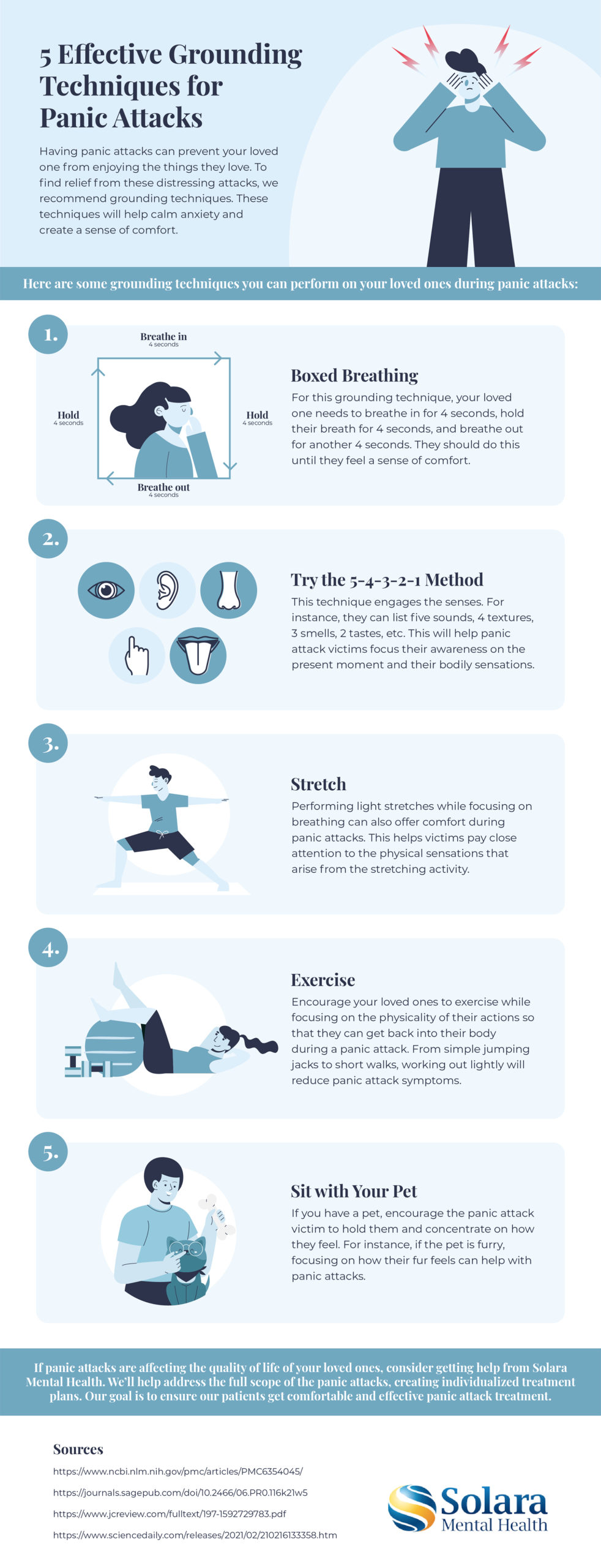







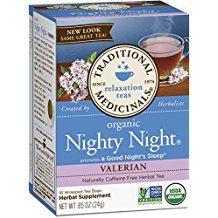

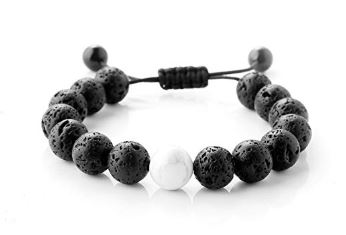 Feeling hip? Start a new trend with your new handy
Feeling hip? Start a new trend with your new handy 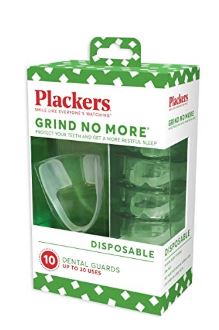
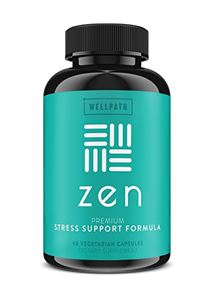
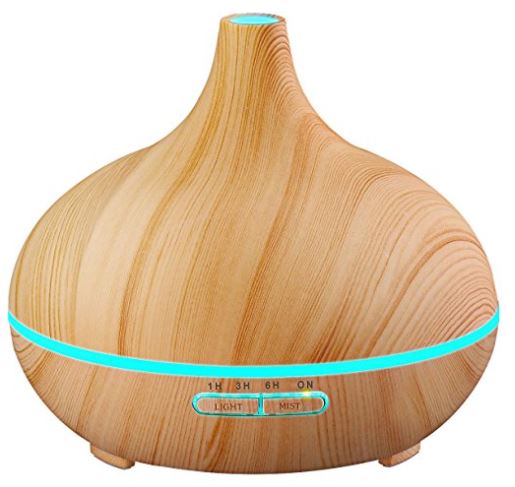 Want to create a warm, relaxing, stress-free environment? Use
Want to create a warm, relaxing, stress-free environment? Use 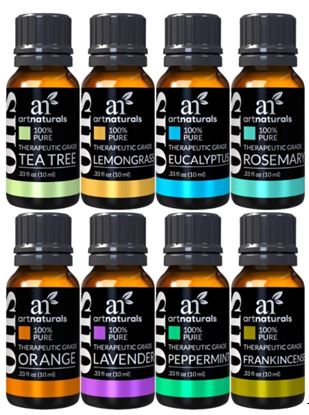
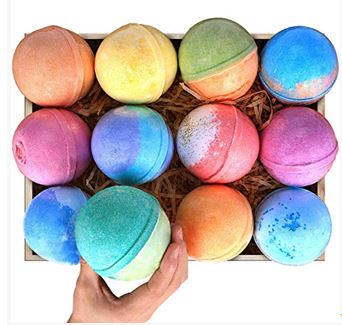
 Acupressure is an “in” thing! You wouldn’t think it by looking at it, but this Nayoya spiked mat and pillow ($39.97, Amazon) are designed to relieve your neck, back, and shoulders when you’re in pain. Using them consistently can also help you sleep better, improve your circulation, and take the edge off of everyday life and anxiety. Residual side effects of using this acupressure mat includes better sleep, circulation, and relief from stress and anxiety. What are you waiting for? Take a look
Acupressure is an “in” thing! You wouldn’t think it by looking at it, but this Nayoya spiked mat and pillow ($39.97, Amazon) are designed to relieve your neck, back, and shoulders when you’re in pain. Using them consistently can also help you sleep better, improve your circulation, and take the edge off of everyday life and anxiety. Residual side effects of using this acupressure mat includes better sleep, circulation, and relief from stress and anxiety. What are you waiting for? Take a look 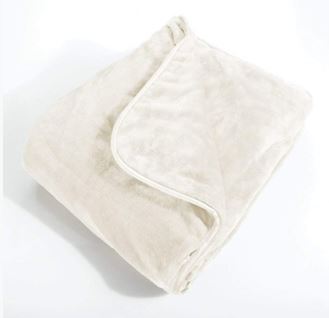 Your blanket needs more weight. You may not have known it, but heavy, weighted0 blankets, like the 12 lb. polyester
Your blanket needs more weight. You may not have known it, but heavy, weighted0 blankets, like the 12 lb. polyester 